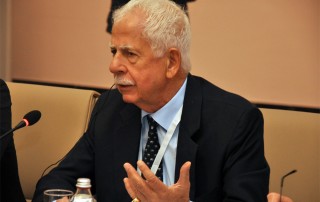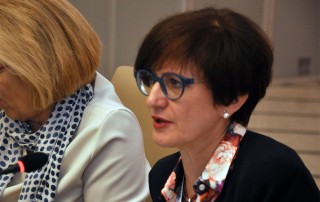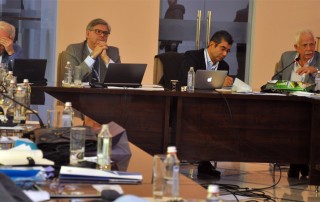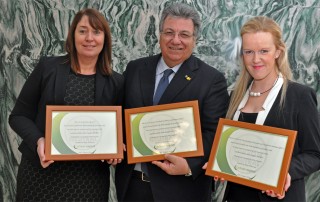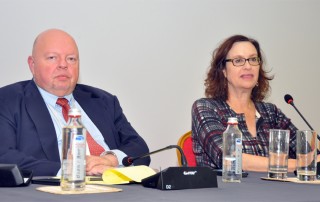Sector A discusses use of technology, benefit of guides and Blue Books’ future
ABOVE: Roland Nafule, President of Sector A, the division within CIBJO that deals with gem materials.
OCTOBER 28, 2016
Sector A President Roland Naftule opened the meeting by thanking CIBJO President Gaetano Cavalieri and all the Commission Presidents for their hard work in the period that has passed since the 2015 CIBJO Congress in Salvador, Brazil, in May 2015.
He also spoke about CIBJO’s intended creation of a ‘My CIBJO’ section on its website, where documents will be posted to enable members to easily find information relating to all of CIBJO members’ discussions and meetings.
Mr. Naftule spoke about the Pearl Guide developed by the Pearl Commission under the presidency of Ken Scarratt that has a tremendous amount of information that could not be added to the Blue Books. The provision of such guides will greatly assist the wider jewellery industry around the world.
He also mentioned a proposal to create an Opal Guide presented by Andrew Cody of behalf of the Australian industry, and it was agreed to proceed within the framework of Sector A. This was conditioned on the inclusion of opals produced in all countries of the world.
The meeting also held a brief discussion on whether, with development of guides for different gemstones, the Blue Books should be limited to international trade rules. Other important information could be provided through the new guides. This, it was said, may simply the task of translating the Blue into languages other than English.

